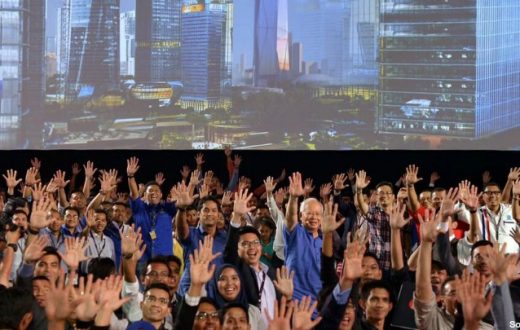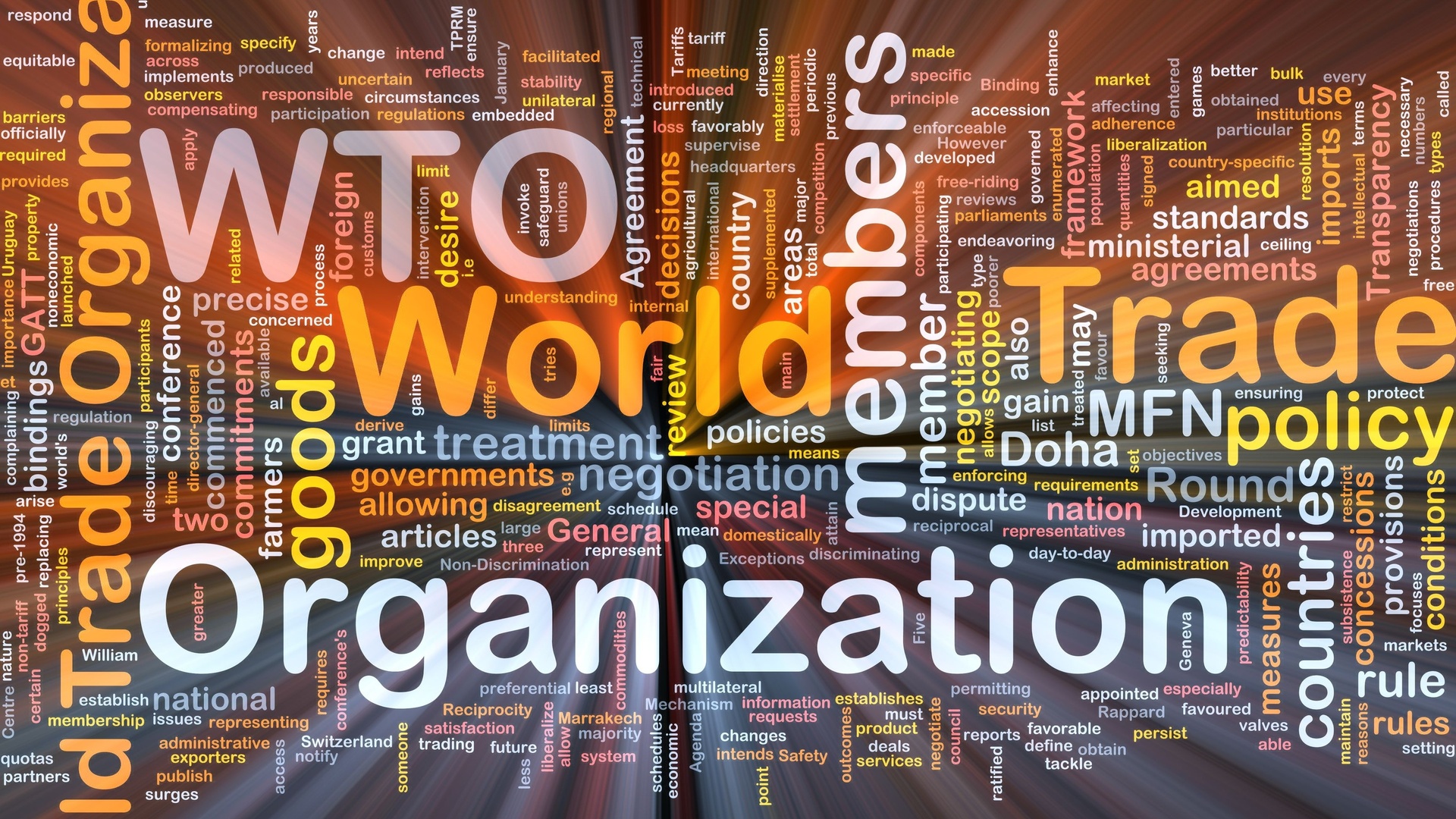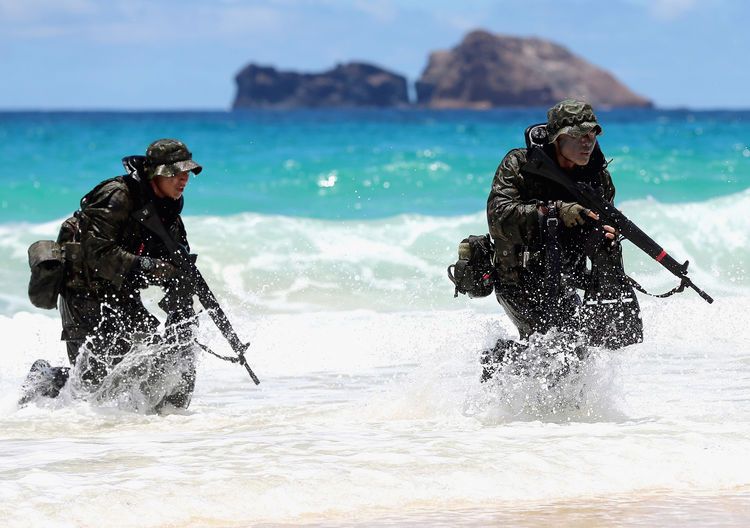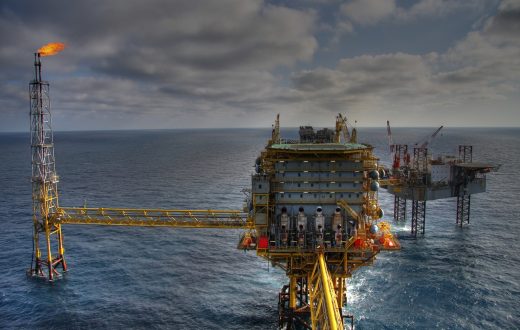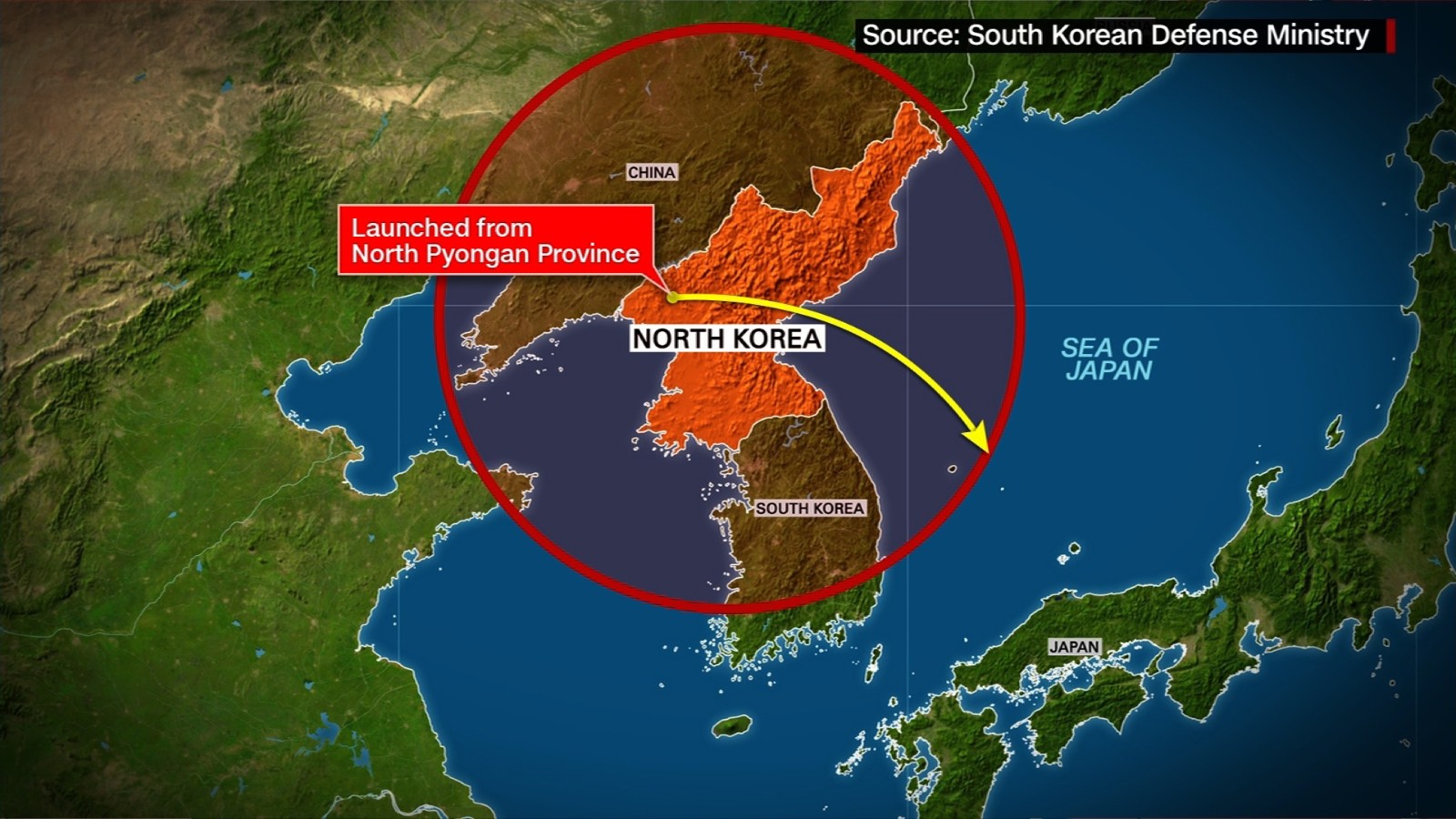China’s massive economic expansion since the end of the Cold War has transformed it from an isolated and impoverished country to a major actor on the world stage. But growth has introduced vulnerabilities, and Chinese economic security interests are now scattered far and wide. At the same time, China has come to see itself as a great power — and one that deserves a military commensurate with this status. Protecting its interests abroad and supplementing economic influence with military influence, however, will require massive changes to the current system.
Beijing’s 2008 defense white paper set the tone for these changes, and each subsequent year has brought further refinement. In 2016, a new counterterrorism law lays the legal groundwork to conduct security operations overseas. Beijing has also continued its restructuring of the People’s Liberation Army. Whereas before, the navy and air force were both under the command of the ground forces, now there will be joint command of combat operations. These changes pave the way for China’s military to become more active abroad. China’s capabilities are not yet mature, but they are developing. However, growing international economic and security challenges mean that China may find itself being called on to test its overseas capabilities in 2016.
Turning Outward
On Dec. 27, the Standing Committee of the National People’s Congress passed the nation’s first counterterrorism law. Much attention has been focused on the law’s domestic ramifications, especially in the western region of Xinjiang and on issues of media freedom and cybersecurity. But the law also sets the stage for Beijing to become involved in overseas counterterrorism operations. Article VII stipulates that, with the approval of relevant countries, state security or military personnel may be sent abroad on counterterrorism missions. Though China may not be engaged in direct counterterrorism operations abroad anytime soon, Beijing will now need only to seek the approval by the State Council or the Central Military Commission.
Initially, China will probably send additional investigators, intelligence collectors and security liaisons abroad as it expands domestic collections and responds to individual incidents against Chinese personnel, businesses or activities. But these initial operations will be significant. As with earlier anti-piracy operations in the Gulf of Aden, China will use its overseas deployments to gather intelligence, learn best practices from others and gain valuable experience.
The recent changes to the structure of the Chinese military also provide a foundation for expanded operations abroad. The People’s Liberation Army ground forces will now have a separate service headquarters, putting an end to the outdated structure in which the navy and air force were merely adjuncts to the army in its operations. Now, the ground, air, and naval branches as well as strategic weapons will each have their own equal service headquarters, paving the way for a unified command in military regions or combat zones. Giving the army a singular, separate command will allow it to focus on its evolving mission, both with the restructuring of the old army-dominated military area command system and with its expanding mandate to focus on cross border and overseas operations, rather than primarily on domestic security and defense.
Although Beijing only formally unveiled these changes recently, these adjustments have been underway for some time. In China’s 2008 defense white paper, which sets the tone for future military adjustments, there was a heavy focus on what is referred to as “military operations other than war.” These operations include disaster response, search and rescue, anti-piracy operations, medical operations and even infrastructure development. These are the military’s “green diplomacy” tools, which China has watched the United States effectively deploy around the globe to demonstrate its strength and involvement. China has already begun steps toward establishing such a presence. In 2007, the naval branch of the People’s Liberation Army launched the purpose-built Type 920 Hospital Ship well before it considered sending its own armed forces overseas. This allowed Beijing to begin to build up its skills in expeditionary operations while gaining goodwill abroad. It also set a precedent for local populations to see uniformed Chinese soldiers without noting it as odd.
The greater vision laid out in China’s 2015 defense white paper makes it clear that the goal is to fully transform the role of the military, reorienting each branch toward overseas operations and expanding the military’s role to include the protection of Chinese interests abroad. The paper defined these interests in part as “energy and resources, strategic sea lines of communication, as well as institutions, personnel and assets abroad.” This will mean a dramatic shift from China’s internally focused model, which fit with China’s stated policy of noninterference, toward one in line with that of the global powers, which use their military influence abroad as an active tool of national power. This change has become necessary as international instability and the expansion of terrorism and piracy now threaten China’s significantly expanded economic and political connections around the world. This represents an explicit shift in China’s rhetoric, away from simply being one of many responsible stakeholders in the international system to being a great power with a military commensurate with its role.
New Urgency
The challenge for China is that it may have to test these changes sooner than expected. Iran has already suggested China take a more active role in resolving security issues in the Middle East. Russia, too, has welcomed China’s new counterterrorism law and suggested it provides a foundation for more active international cooperation between the two countries. Beijing also recently launched its massive Belt and Road Initiative and has struggled to find sufficient security arrangements for land routes through known trouble spots such as Afghanistan and western Pakistan. It has also dedicated aircraft carriers to a future role of securing key maritime routes that fall under Belt and Road. In short, as China adjusts its legal structure to allow overseas actions and restructures its forces to be able to carry out such actions, it will be called upon to use them — perhaps unexpectedly. Already Chinese forces have increased joint training exercises with countries around the world and have been gaining experience as part of U.N. peacekeeping operations, even if rarely in direct combat operations.

This poses a challenge. Creating the legal framework for overseas military activities is much simpler than actually carrying out such operations. Concretely, these will require Beijing to build upon the military’s basic skill sets, transport capacity and logistical structures. More complex, however, are the political considerations of overseas involvement. China’s slow movement on military reform has been due more to the fear of global perceptions than to real legal restraints. Beijing has managed to depict China’s emergence economically, politically and militarily as something peaceful, or at least as non-threatening to its neighbors. Following the guidance of Deng Xiaoping, China has largely pursued a noninterference policy with the idea of not showing its overseas military strength until its economic and political strengths were solidified. Instead, China has used economic and political tools to fulfill its interests abroad but largely refrained from direct military intervention, although it has been an avid arms seller and supplier. This taboo has steadily eroded, with China first participating in U.N. and anti-piracy operations and by taking a more assertive role in the South and East China seas. These regional interventions, in turn, have provided an incentive for neighboring powers, such as Japan, to actively counterbalance China.
Even if Beijing decides to make a decisive break with the vision of Deng, active intervention brings its own risks. First is the question of whether Chinese troops are prepared to carry out actions abroad. A significant failure in an operation would prove politically damaging both at home and among China’s peers and partners. Once China takes its first steps into the arena of international intervention, it will be nearly impossible to step back without being perceived as weak or ineffective. This could embolden those opposed to expanded Chinese interests abroad to move politically or physically against Chinese assets or personnel. Involvement overseas, particularly in counterterrorism operations, also places China squarely among the list of potential terrorist targets.
Beijing is aware of these risks, however, and sees itself as already in the sights of groups such as the Islamic State, which it fears has direct links with ethnic Uighurs in western China. Finally, by taking a more active role, the international perceptions of Beijing may shift, with China coming to be seen as just another emerging imperial power, eroding the credibility of its offers of purportedly disinterested assistance. This, too, can cause new problems with China’s economic activities in Africa, Latin America, and Central and South Asia where such sentiments can prove strong, leading to grassroots violence against Chinese workers or the derailing of larger deals.
First forays are fraught with risk, but despite the dilemmas of emerging as a world military player, China must do so if it wants to preserve its economic interests abroad and not be seen as an international laggard. This may begin in places such as Pakistan and Afghanistan, where China has a significant economic interest in pipelines and transportation corridors and sees a direct tie to its Uighur militant issues. China will likely seek to shape any intervention as within the framework of international cooperation as opposed to being the protection of Chinese national interests. But as the United Kingdom, France, Russia and the United States have seen time and again, once intervention begins, it is a hard habit to break.



